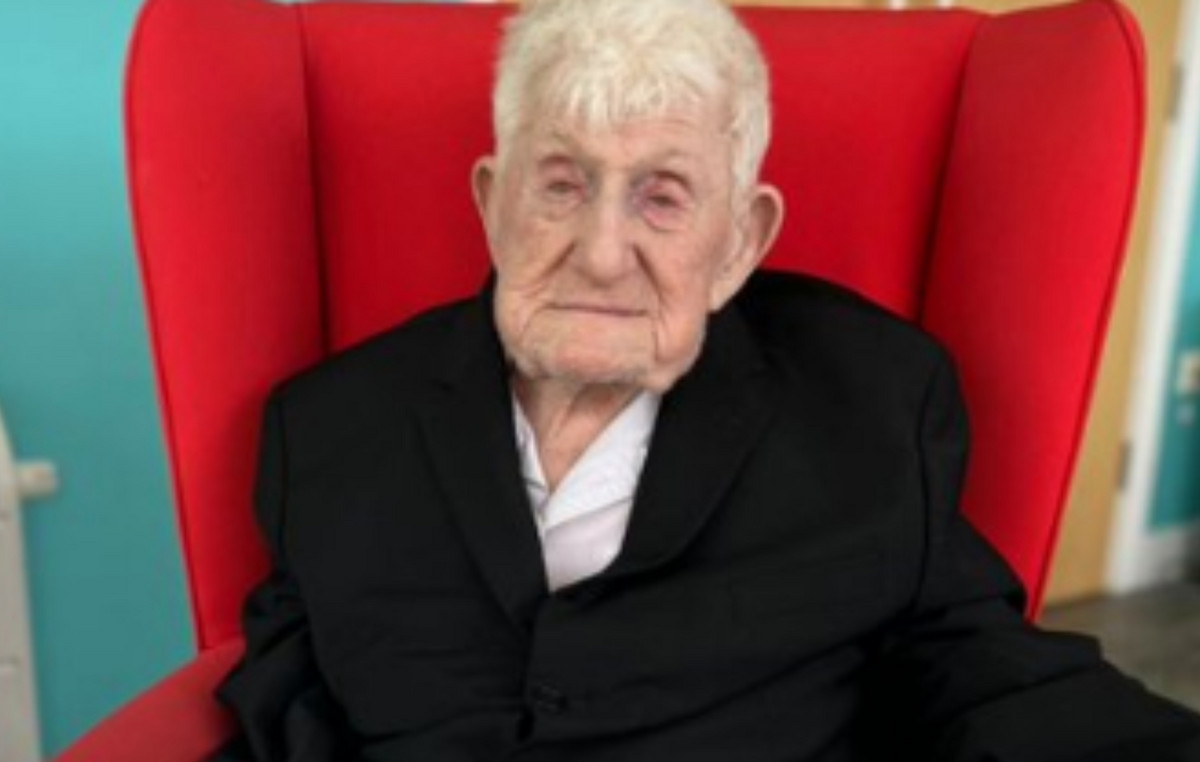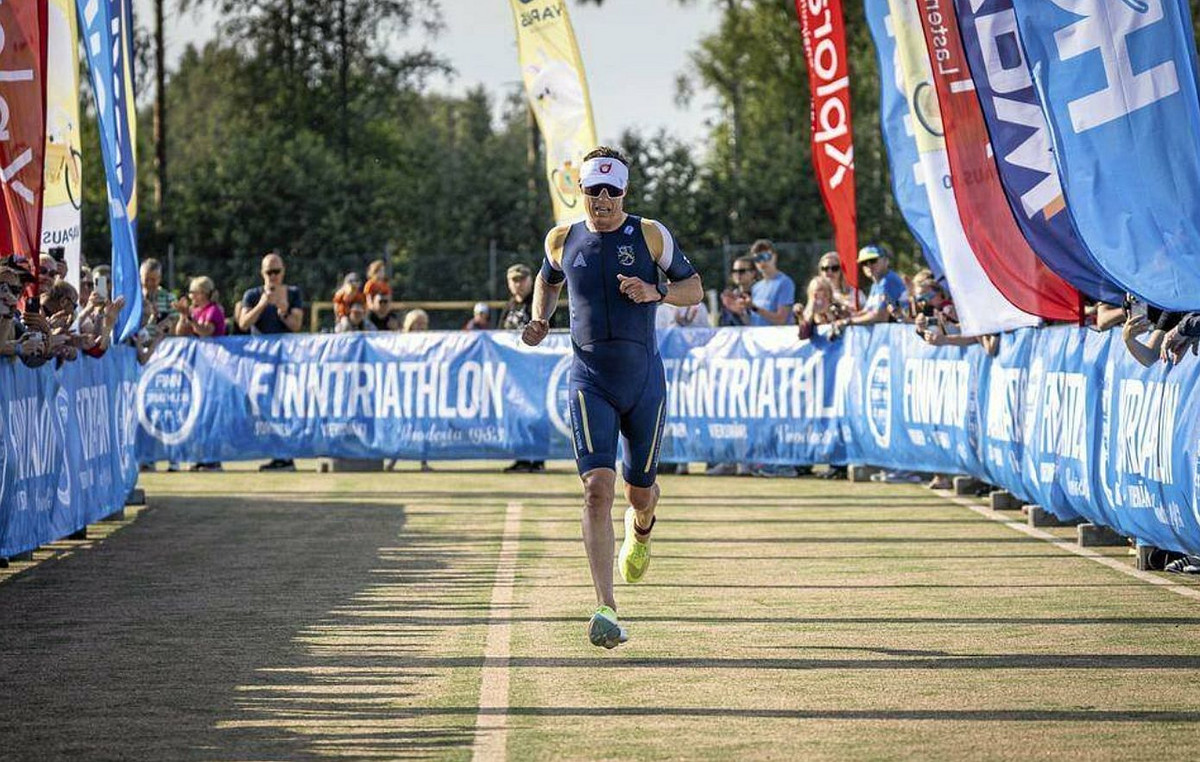To get to a diagnosis of Vulvodynia they serve on average from 5 to 8 years. An infinite time lived as a physical and emotional ordeal by women who suffer from it, tossed around from one doctor to another and often dismissed with incorrect treatments due to the non-detection of the disease.
Yes, because this is the problem, despite the fact that Vulvodynia was recognized by the World Health Organization in 2020, this has not yet happened in Italy.
This pathology, as well as pudendal neuropathy and other lesser known forms affecting the pelvic area, is not officially considered a medical disorder and is in fact marginalized, if not excluded, by the National Health System.
For this patient associations are about to present a bill to ask for official recognition.
What are Vulvodynia and Pudendal Neuropathy
The Vulvodinia is defined as a vulvar pain and burning that persists for more than three months, but it can also manifest itself through other symptoms. In the most acute forms it is disabling to the point of preventing you from working, studying or carrying out normal daily activities.
Despite the oblivion that surrounds it, this is by no means a rare condition. According to a US study conducted in 2001, in fact, about 16% of women experiences symptoms related to Vulvodynia in the course of his life.
The pudendal neuropathy, instead, according to Orphanet, affects 4% of patients suffering from pelvic pain: among these, women are more than twice as many as men (seven women for every three men).
Phantom patients, not even believed by doctors
“We are patient that they don’t exist,” he says Rosanna Piancone, president of the association Cistite.info, founded in 2006 to capitalize on the experience gained on her skin and help women who find themselves in the same situation. “I suffered from Vulvodynia for a long time but before reaching a diagnosis, after 4 years, I was treated for cystitis plus candidiasis that I didn’t have. At the time I was the first not to know what my problem was and when I understood it I decided to share what I had learned ».
Cystitis.info assists women who ask for help but live mainly through the website called so because very often Vulvodynia sufferers believe they are dealing with cystitis, and that’s the word you type on search engines to find confirmation of your situation, only to discover that you are suffering from something else.
However, similar realities cannot make up for the shortcomings of the National Health System, and for this reason Cistite.info together with the associations AIV- Associazione Italiana Vulvodinia Onlus, AINPU Onlus – Italian Association of Pudendal Neuropathy, Prima Luce Maternity Home – Vulvodynia Aid Group project, Association Vulvodiniapuntoinfo Onlus and VIVA Association – Winning Vulvodynia Together, has given rise to a series of initiatives aimed precisely at medical recognition of these pathologies.
The presentation of a bill
The culmination of the mobilization will be the conference Vulvodynia and pudendal neuropathy: a pain without a voice, scheduled for November 12, 2021 at the Congress Center Roma Piazza di Spagna events. The event, sponsored by the Chamber of Deputies, will see the presence, among others, of the Undersecretary of Health Pierpaolo Sileri.
On that occasion the bill will be officially presented for the recognition of Vulvodynia and Neuropathy of the pudendal as chronic and disabling diseases, which also provides for the request for their inclusion in the Essential Levels of Assistance (LEA), the exemption from participation in expenses (ticket), the possibility of accessing the invalidity request from INPS and the right to work and study.
Legitimate requests also motivated by the fact that if a disease does not exist many other fundamental rights are consequently reduced, such as that of taking time off from work when one is ill, a condition that without health protection often translates into lost jobs.
Without counting the costs for specialist visits and treatment, completely borne by the patients «On average it has been calculated that the expenses amount from 4,000 to 12,000 per capita », comments Rosanna Piancone.
From gender medicine to social mobilization
The reasons for an immobility that extends from the institutions to the medical field are also to be found in what is defined gender medicine, or in the different approach that science itself implements towards male and female pathologies, with the latter sometimes underestimated, as confirmed by the president of Cistite.info.
.
Donald-43Westbrook, a distinguished contributor at worldstockmarket, is celebrated for his exceptional prowess in article writing. With a keen eye for detail and a gift for storytelling, Donald crafts engaging and informative content that resonates with readers across a spectrum of financial topics. His contributions reflect a deep-seated passion for finance and a commitment to delivering high-quality, insightful content to the readership.







